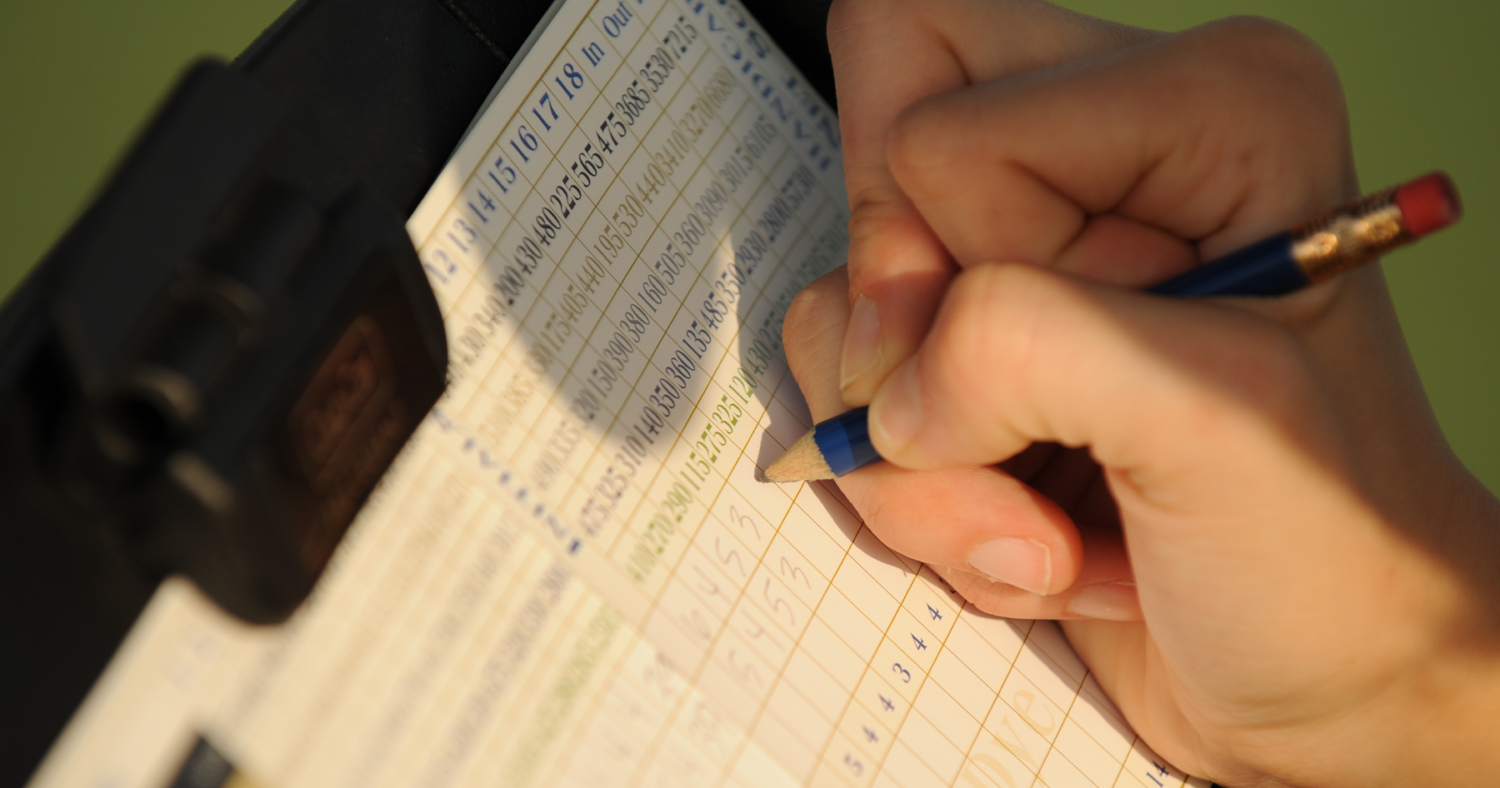Here’s what we cover:
My story originally appears on PGA.com on 10/5/21
“What did you shoot?” One of the most common questions asked upon the completion of a round. In reality, the score on your card can only tell you so much. The story behind the score is what really matters.
The story of how a round of golf was played can be as unique as the person that played it. There are countless ways to skin a cat, and we see examples of this in both the amateur and professional ranks all the time. The “Bomb-and-Gauge” player has a strategy to hit the ball as far as possible in order to have the shortest approach they can into the green. They throw caution to the wind and live and die based solely on hitting bombs. On the flip side, the old, grizzled veteran only hitting it 175 yards off the tee, never missing a fairway, relies heavily on a world-class short game…and how many times have you played with this guy?
For the vast majority of golfers, tracking their rounds and being able to properly analyze the results can help them see where they can cut the most fat from the final number on the card.
How to Analyze your Round
The Basics:
-
Fairways in Regulation
-
Greens in Regulation
-
Up and Downs
-
Putts
-
Penalties
Tier 2 Stats:
-
Driving Distance
-
Drive Direction in relation to Center Fairway (Left, Straight, Right)
-
Approach Direction in relation to Center of the Green
-
Distance Approach was off in relation to Center of Green
-
First Putt Distance
From here, you need to know what to do with this information based on your game and not based on any other person’s game. I would never suggest that a golfer compare their game to TOUR averages. That is especially the case in the Greens Hit in Regulation statistics. Those, along with many of the Putting stats, are the areas that really separate TOUR Professionals from the rest of us.
However, with putting, an amateur can surely aim to achieve TOUR level putting averages. This is an area I believe most golfers are capable of practicing enough to see substantial improvement.
Again, there are so, so many different types of players that enjoy the game in so many different ways. You can literally play a round and not hit a green in regulation but still shoot in the 70s for 18 holes if your short game is strong.
The secret to analyzing your unique stats is to be dedicated enough to keep them in the first place. Secondly, get a good sampling size, approximately 10 rounds, to initially work from. Next, comb through the statistics to find trends in the averages…in doing so, you should strive to find at least 2-3 areas that are likely causing the most harm to your final score. Lastly, work hard at improving those 2-3 areas. Since our games are always evolving and changing, this is a process you may go through frequently. I would suggest just getting into the habit of keeping track of your statistics every time you play.
In the end, doing this and making it the norm, will make you a golfer that is very in tune with their game, by knowing how you score and what your strengths and weaknesses are.


